What if we could sit a bee down at a desk, hand it a pencil, and watch it tackle math problems? Picture an ant colony working together to solve puzzles faster than your average college student. While this scenario sounds like something from a cartoon, the reality of insect intelligence is far more fascinating than fiction. Scientists have discovered that the tiny brains buzzing and crawling around us possess cognitive abilities that would make many humans think twice about their place in the intelligence hierarchy.
The Surprising Brain Power of Honeybees
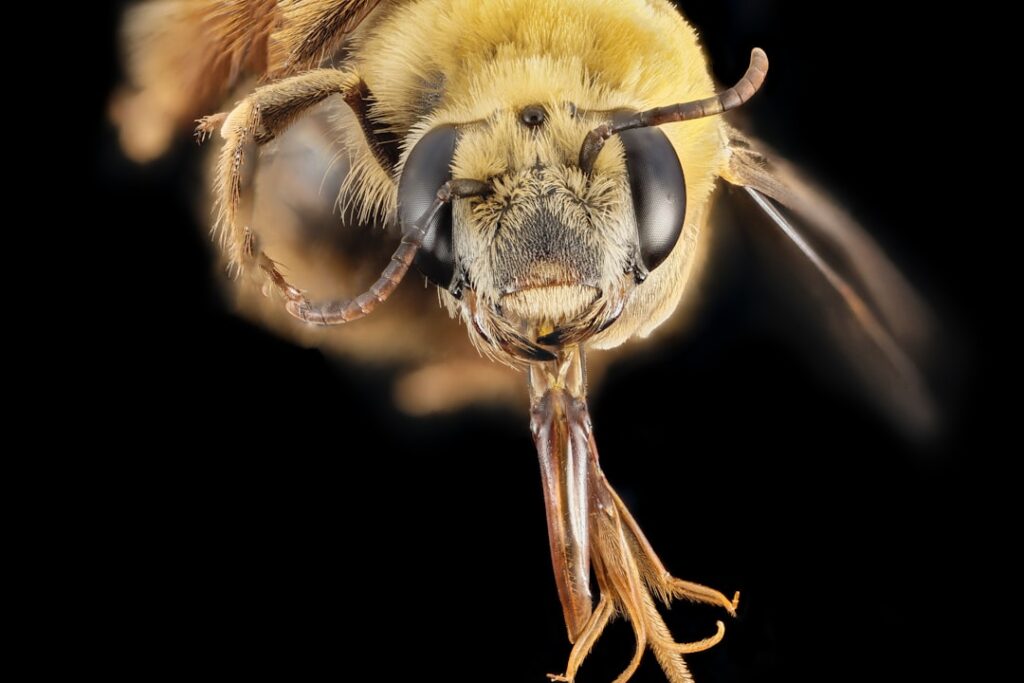
Honeybees pack an incredible amount of processing power into brains smaller than sesame seeds. These remarkable insects can learn to recognize human faces, count up to four, and even understand the concept of zero – a mathematical breakthrough that took humans thousands of years to achieve. When researchers tested bees with symbol recognition tasks similar to those found in IQ tests, the results were shocking. Bees could learn to associate specific symbols with rewards and remember these associations for days. Their performance on pattern recognition tests rivals that of some vertebrates, proving that brain size doesn’t always determine intelligence.
Ant Colonies: The Ultimate Team Players
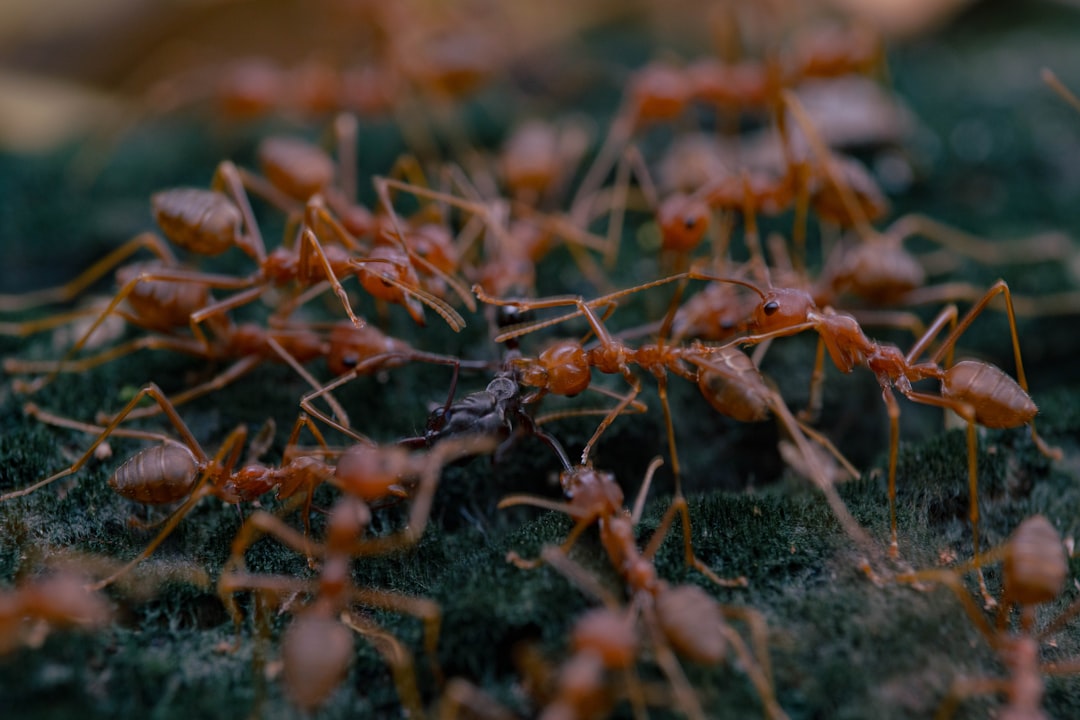
Individual ants might seem simple, but together they form superorganisms that solve complex problems with stunning efficiency. Ant colonies can navigate maze-like environments, optimize food collection routes, and even perform basic engineering feats like building living bridges with their own bodies. If we could test an entire colony as one entity, their collective problem-solving abilities would likely score impressively on spatial reasoning and logistics puzzles. They use sophisticated communication systems, make strategic decisions about resource allocation, and adapt their behavior based on changing environmental conditions. Think of them as nature’s ultimate team project, where everyone actually pulls their weight.
The Memory Masters: Wasps That Never Forget
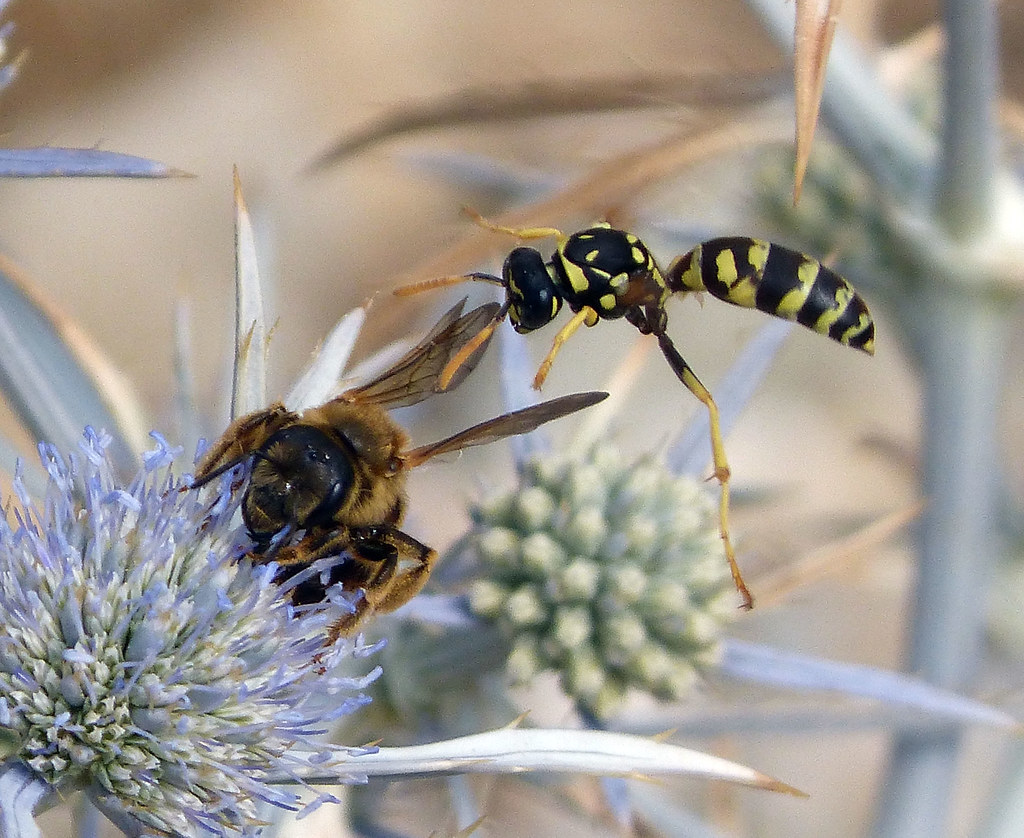
Paper wasps possess facial recognition abilities that would make a bouncer jealous. These insects can remember and distinguish between dozens of individual faces within their colony, a skill that requires sophisticated memory and processing capabilities. When tested on memory-based tasks, wasps demonstrate remarkable retention abilities, often outperforming expectations based on their brain size. They can learn complex spatial relationships, remember the locations of multiple food sources, and even show evidence of transitive inference – the ability to make logical connections between separate pieces of information. Their performance on memory-related intelligence tests would likely surprise anyone who’s ever swatted one away without a second thought.
Butterfly Navigation: GPS Without Satellites
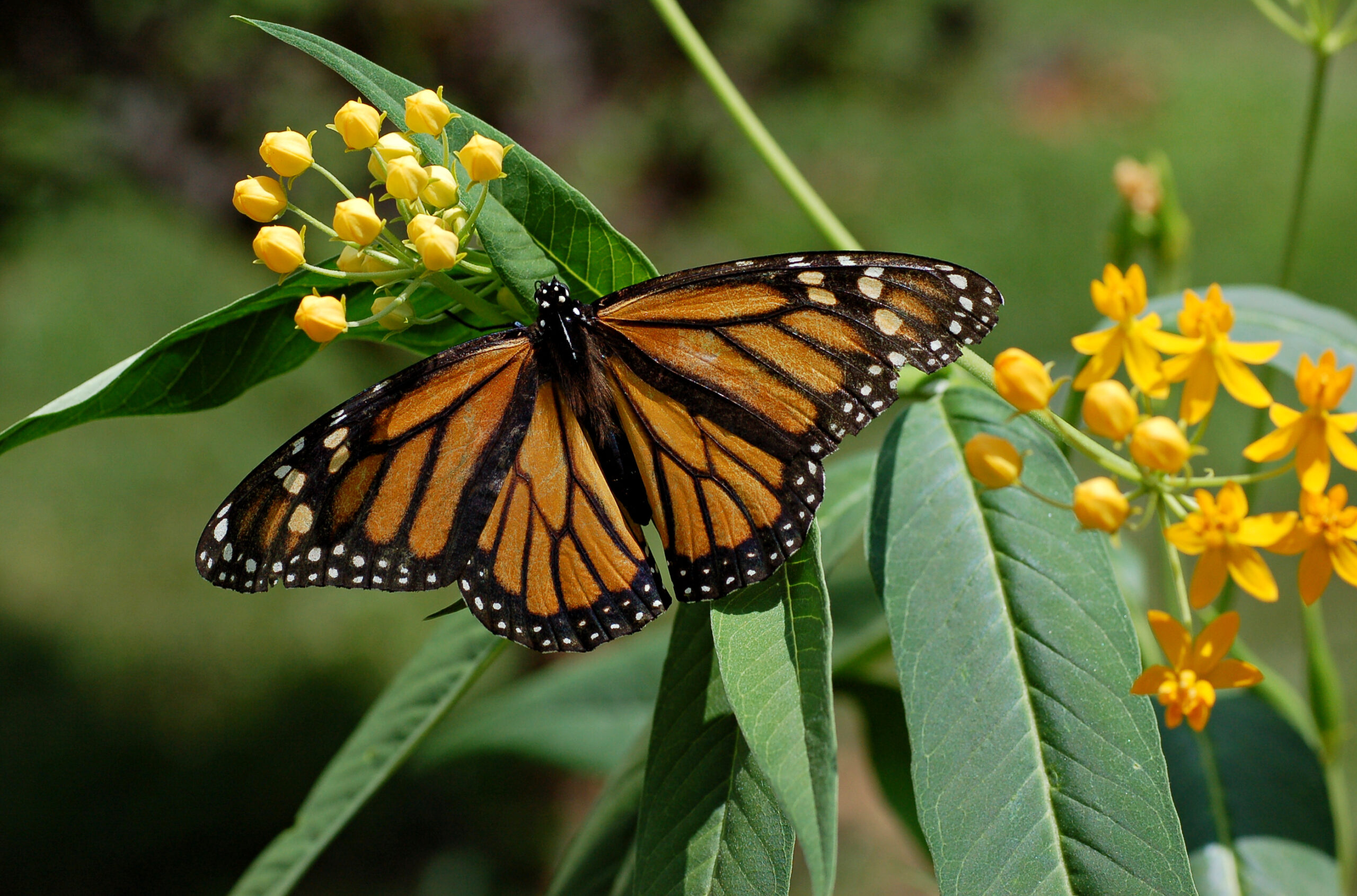
Monarch butterflies accomplish one of nature’s most impressive navigation feats, traveling thousands of miles during migration using only their tiny brains as guidance systems. These delicate creatures process complex environmental cues including the sun’s position, magnetic fields, and landmark recognition to maintain precise flight paths across continents. Their spatial intelligence would translate well to map-reading and direction-finding sections of human intelligence tests. Researchers have discovered that monarchs can integrate multiple navigation methods simultaneously, switching between techniques based on weather conditions and time of day. This cognitive flexibility demonstrates a level of strategic thinking that many humans struggle with when using modern GPS technology.
Dragonfly Precision: The Fighter Pilots of the Insect World
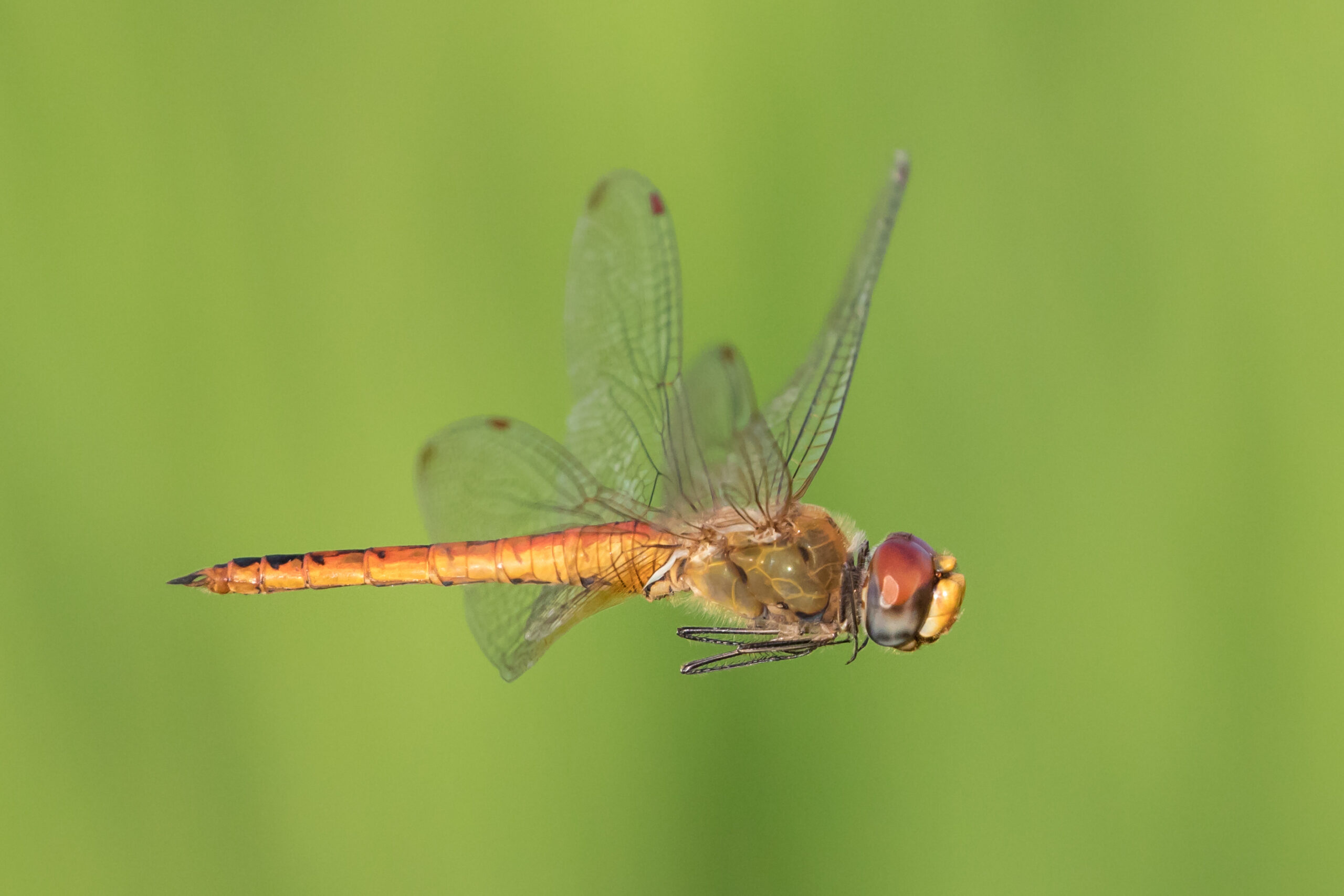
Dragonflies possess visual processing capabilities that put human reflexes to shame, successfully capturing prey in mid-air with a 95% success rate. Their brains rapidly calculate trajectory, speed, and interception points in real-time, performing complex physics calculations that would challenge even advanced mathematics students. These aerial predators demonstrate predictive behavior, anticipating where their prey will be rather than simply chasing where it currently is. Their performance on reaction time and spatial reasoning tests would likely rank among the highest in the animal kingdom. The precision required for their hunting success involves processing visual information at speeds that make human multitasking look sluggish by comparison.
Beetle Problem Solving: Dung Beetles and Their Dance

Dung beetles navigate using the Milky Way as their compass, making them the first known insects to use celestial navigation for orientation. These industrious creatures perform elaborate dances on top of their dung balls to take snapshots of the sky, creating mental maps that guide them home. Their ability to process astronomical information and translate it into practical navigation demonstrates spatial intelligence that would score well on three-dimensional reasoning tests. When researchers blocked their view of the sky, the beetles became disoriented, proving their reliance on sophisticated celestial calculations. This cosmic awareness represents a level of environmental integration that showcases truly remarkable cognitive abilities.
Jumping Spider Vision: Eight Eyes Are Better Than Two
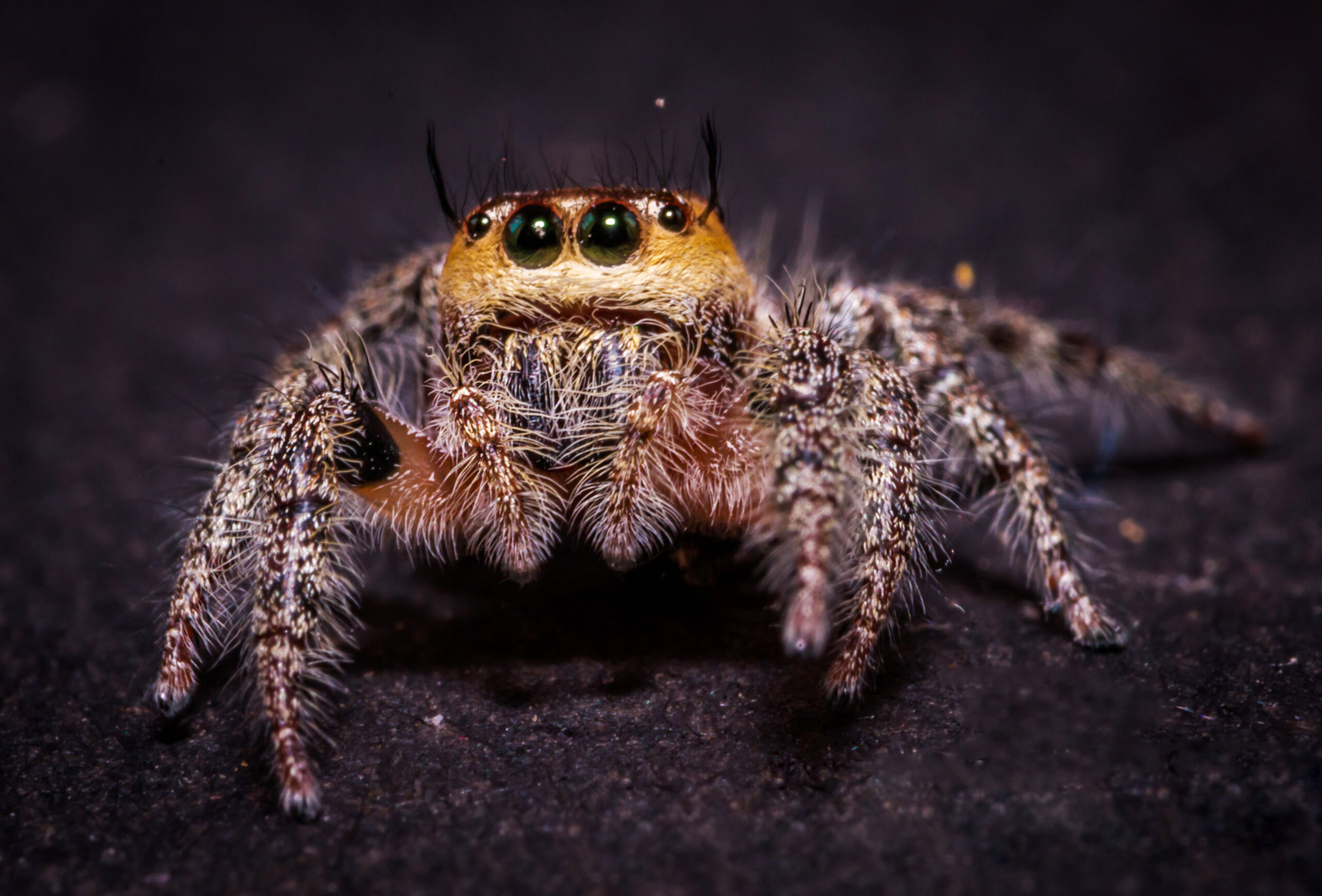
Jumping spiders possess visual acuity that rivals that of much larger predators, using their multiple eyes to create detailed three-dimensional maps of their environment. These tiny hunters can spot prey from distances 30 times their body length and plan complex stalking routes that involve multiple turns and elevation changes. Their ability to visualize and execute multi-step hunting strategies demonstrates planning abilities that would translate well to puzzle-solving sections of intelligence tests. Some species even show evidence of observational learning, watching and copying successful hunting techniques from other spiders. This combination of visual processing, spatial planning, and social learning creates a cognitive package that punches well above its weight class.
Cricket Communication: The Original Social Network

Crickets have developed sophisticated communication systems that vary by species, location, and social context, demonstrating linguistic abilities that parallel human language development. These musical insects can adjust their chirping patterns based on competition, weather conditions, and mating opportunities, showing a level of social intelligence that would score well on interpersonal reasoning tests. Male crickets even engage in singing competitions, adapting their performances based on the responses of both rivals and potential mates. Their ability to process acoustic feedback and modify behavior accordingly represents a form of social learning that requires significant cognitive processing. The complexity of their communication systems suggests an understanding of cause and effect that extends beyond simple instinctual responses.
Leafcutter Ant Agriculture: The Original Farmers

Leafcutter ants operate sophisticated agricultural systems that would impress any farming expert, cultivating fungus gardens with techniques that include pest control, soil management, and crop rotation. These industrious insects demonstrate planning abilities that span multiple generations, making decisions about resource allocation that won’t pay off for weeks or months. Their fungus-farming operations require understanding complex cause-and-effect relationships, from leaf selection to garden maintenance to harvest timing. The ants even use natural antibiotics to protect their crops and maintain sterile growing conditions that rival modern agricultural practices. This long-term thinking and agricultural innovation represents problem-solving abilities that would excel in sections of intelligence tests focused on logical reasoning and planning.
Praying Mantis Hunting: Patience and Precision

Praying mantises exhibit hunting behaviors that require remarkable patience, timing, and tactical thinking, often waiting motionless for hours before striking with lightning precision. These ambush predators demonstrate impulse control that many humans would envy, resisting the urge to strike until the perfect moment presents itself. Their ability to assess prey size, distance, and escape routes before attacking shows a level of risk assessment and strategic planning that would translate well to decision-making portions of intelligence tests. Some species even show evidence of tool use, manipulating objects in their environment to improve hunting success. This combination of patience, precision, and tactical flexibility represents cognitive abilities that extend far beyond simple predatory instincts.
Bumblebee Learning: Masters of Trial and Error

Bumblebees demonstrate remarkable learning abilities, quickly mastering complex tasks through trial and error while showing evidence of individual personality differences in problem-solving approaches. These fuzzy flyers can learn to open artificial flowers, navigate obstacle courses, and even play a form of soccer when properly motivated with sugar rewards. Their ability to generalize lessons from one situation to another shows cognitive flexibility that would serve them well on pattern recognition and adaptation sections of intelligence tests. Different individual bees show varying learning speeds and preferred problem-solving strategies, much like human students in a classroom setting. This individual variation in cognitive ability suggests that insect intelligence, like human intelligence, exists on a spectrum rather than as a fixed characteristic.
Cockroach Survival: The Ultimate Adaptability Test

Cockroaches have survived for over 300 million years partly due to their impressive learning abilities and behavioral flexibility, adapting to virtually every environment on Earth. These resilient insects can learn to avoid traps, modify their feeding behaviors based on experience, and even develop resistance to pesticides through behavioral changes rather than just genetic mutations. Their performance on survival-based problem-solving tasks would likely rank among the highest in the insect world, demonstrating the kind of adaptability that intelligence tests often try to measure. Cockroaches can process multiple sensory inputs simultaneously, make split-second decisions about danger, and remember the locations of food sources and safe spaces for extended periods. This combination of learning ability, memory, and adaptability represents a practical form of intelligence that has stood the test of time.
Termite Architecture: Engineering Without Blueprints

Termite colonies construct elaborate architectural marvels without any central planning, creating ventilation systems, temperature control mechanisms, and structural supports that would challenge human engineers. These social insects demonstrate collective problem-solving abilities that result in buildings perfectly adapted to their environment and needs. Their construction projects require understanding of physics principles like air flow, structural integrity, and thermal regulation, knowledge that would translate well to spatial reasoning and engineering sections of intelligence tests. Individual termites make construction decisions based on local conditions while somehow contributing to a coherent overall design that emerges from their collective efforts. This emergent intelligence represents a form of problem-solving that operates on multiple levels simultaneously, creating solutions that no single individual could conceive or execute alone.
The Cognitive Spectrum: Where Bugs Would Actually Rank
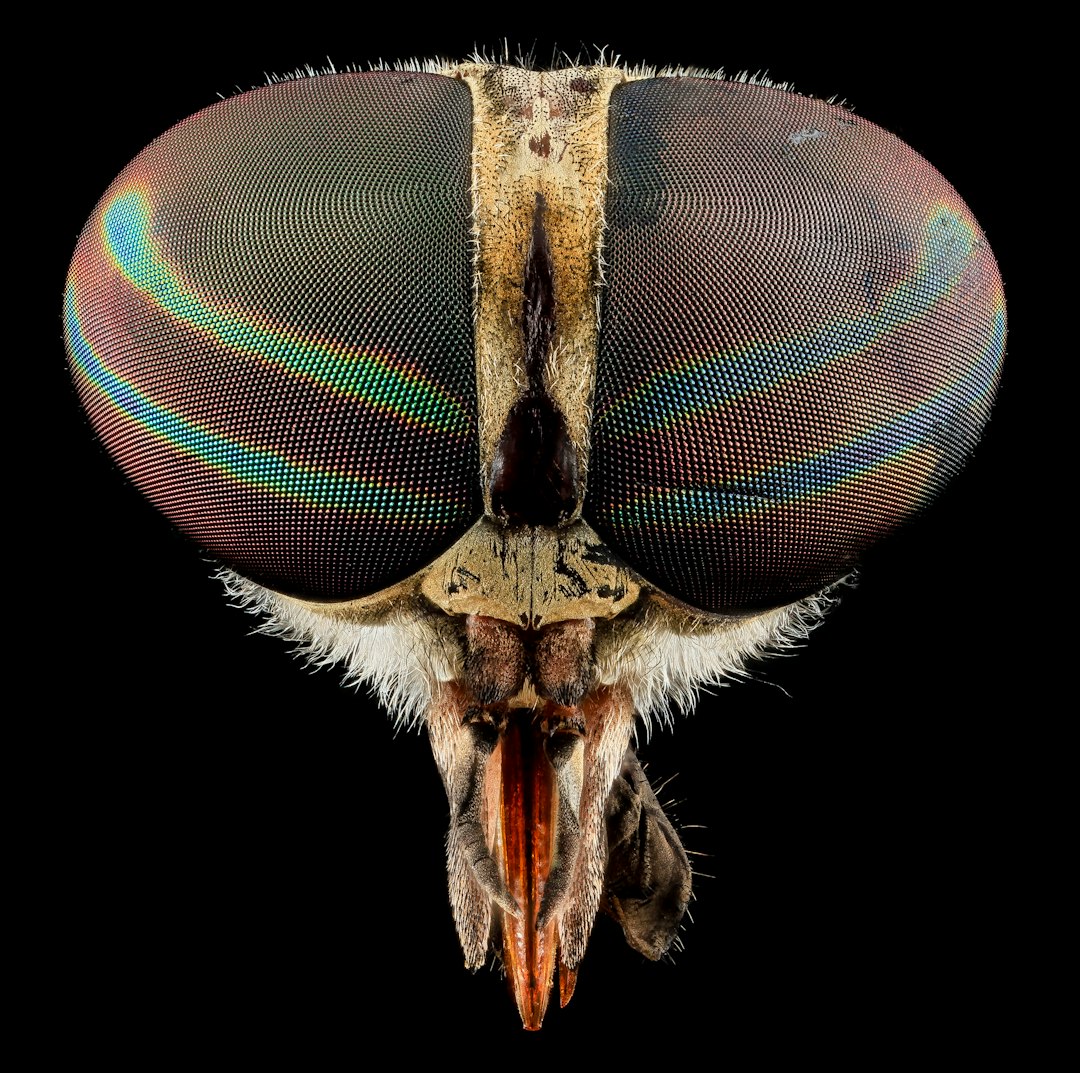
If insects could take standardized intelligence tests designed for humans, the results would likely shatter our preconceptions about cognitive ability and brain size relationships. Honeybees would probably excel in mathematical reasoning and pattern recognition, while ant colonies might dominate team-based problem-solving scenarios. Dragonflies would ace reaction time and visual processing sections, and monarch butterflies would top the charts in spatial navigation and long-term planning categories. However, insects would likely struggle with abstract reasoning tasks that require language processing or conceptual thinking beyond their evolutionary needs. Their intelligence is highly specialized and context-dependent, optimized for survival in their specific ecological niches rather than general problem-solving across diverse domains like human intelligence tests typically measure.
Conclusion

The next time you watch a bee visiting flowers in your garden or notice ants marching in perfect formation, remember that you’re witnessing cognitive abilities that rival and sometimes surpass our own. These tiny creatures navigate complex worlds, solve intricate problems, and make sophisticated decisions using brains smaller than pinheads. While they might not ace every section of a human IQ test, their specialized intelligence serves them remarkably well in the challenges that matter most for their survival and success. Perhaps the real question isn’t how bugs would score on our tests, but what we might learn from their remarkable cognitive abilities. What intelligence tests would insects design for us, and would we even pass?

